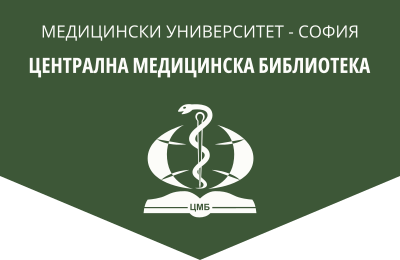Occupational neoplasms
Medical Review (Med. pregled), 2024, 60(6), 22-33.
J. Doncheva-Dilova, V. Milanov
Department of Occupational Diseases, Medical University – Sofia, University Hospital “Sv. Ivan Rilski”
Abstract. Occupational cancers are a global problem and leading cause of death in the European Union countries. Environmental and occupational exposure to carcinogens causes about 19% of cases with cancer worldwide, and 2-8% of cancers are job related. A small number of chemicals (asbestos, benzene, crystalline silica, polycyclic aromatic hydrocarbons, diesel motor exhaust) cause about 85% of all occupational malignant neoplasms: lung cancer, mesothelioma, cancers of the upper respiratory tract, liver, bladder and malignant myeloproliferative diseases. Skin cancer caused by ultraviolet light also takes a leading place. Diagnosis is difficult due to the long latent period and non-specific clinical symptoms in the beginning. Information about possible occupational carcinogens, occupational history, necessary tests related to organ localization, pathomorphological results and dissemination, is very important. Therapy is complex and performed according to the adopted treatment algorithms. Prognosis depends on the disease staging, histological type and metastases. Prevention of occupational cancers includes elimination or reduction of the exposure to occupational carcinogens, primary medical examination and regular follow up aimed at early diagnosis and timely treatment.
Key words: neoplasm, carcinogen, occupational cancer, diagnosis, screening, prevention
Address for correspondence: Assoc. Prof. Vladimir Milanov, MD, PhD, e-mail: v.milanov@medfac.mu-sofia.bg
